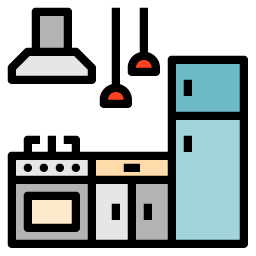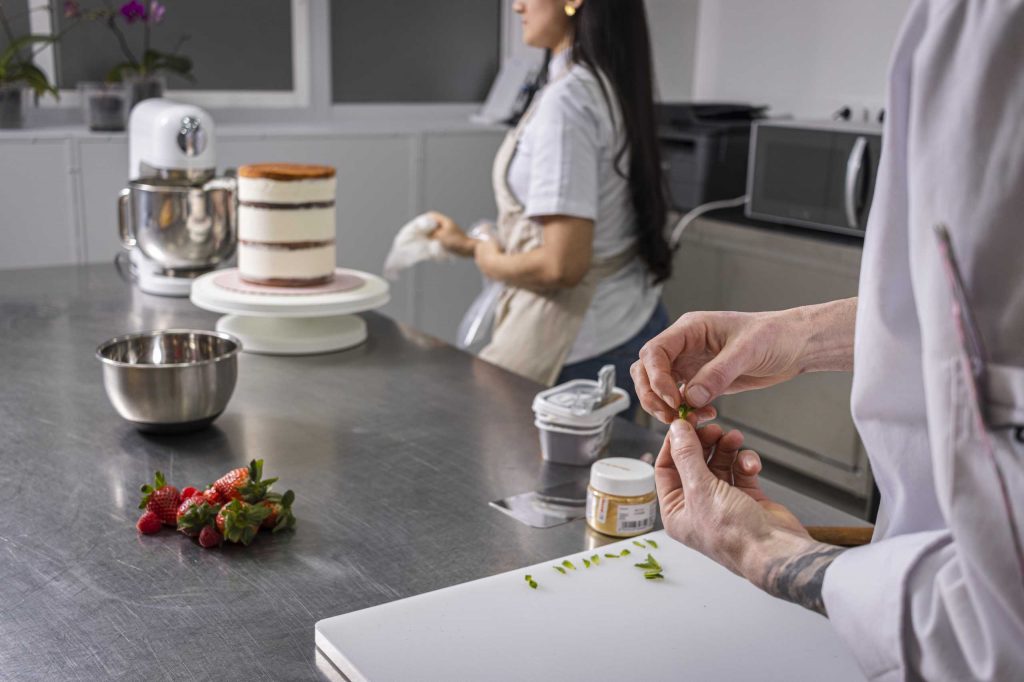When we think of ergonomics, most of us imagine desk chairs, keyboards, and office lighting. But the truth is — your kitchen can be just as demanding on your body as your workspace.
From lifting pots to chopping vegetables, your daily kitchen tasks involve repeated motions, awkward postures, and often long periods on your feet. Without proper design, these small actions add up to real discomfort — and even long-term strain.
Let’s explore how kitchen ergonomics can protect your joints, muscles, and energy levels — and make cooking a more sustainable habit.
Standing Still ≠ Neutral Posture
One of the biggest myths about cooking: that standing in one spot is “restful.” In reality, standing for long periods on a hard floor, especially at the wrong counter height, can stress your lower back, knees, and feet.
Simple ways to reduce standing fatigue:
- Place a cushioned anti-fatigue mat where you prep the most
- Adjust counter activities to your dominant side or hand
- Shift your weight often — step side-to-side naturally as you work
The Hidden Strain of Reaching and Twisting
How often do you reach up to grab a mixing bowl, or twist your body to pull out a drawer behind you? These motions seem harmless — until you do them dozens of times a day.
Minimize awkward movements with these tips:
- Store heavy or bulky items between waist and chest level
- Keep your most-used tools within arm’s reach — without turning your torso
- Avoid placing microwaves or ovens above shoulder height
Every few seconds saved without twisting or lifting awkwardly adds up to better posture and less wear on your spine.
Tools That Work With You
Ergonomics isn’t just about placement — it’s also about the tools you use. Poorly designed handles, stiff lids, and heavy equipment cause hand fatigue and wrist strain.
Look for ergonomic features in everyday items:
- Lightweight knives with angled grips
- Non-slip mixing bowls
- Easy-turn jar openers or electric alternatives
- Silicone mats instead of heavy cutting boards
These tools don’t just feel better — they let you move more confidently and naturally, without tension.
Cooking Without Pain Is a Lifestyle Upgrade
You shouldn’t need to “push through” discomfort just to make dinner. Ergonomic cooking isn’t luxury — it’s longevity.
When your kitchen works with your body, the benefits ripple outward: fewer aches, more energy, and a mindset shift from “get it done” to enjoy the process.
Closing Thought
If your neck hurts after chopping, or your legs are sore after baking — it’s not you. It’s the kitchen.
And with a few intentional changes, it doesn’t have to be that way.

